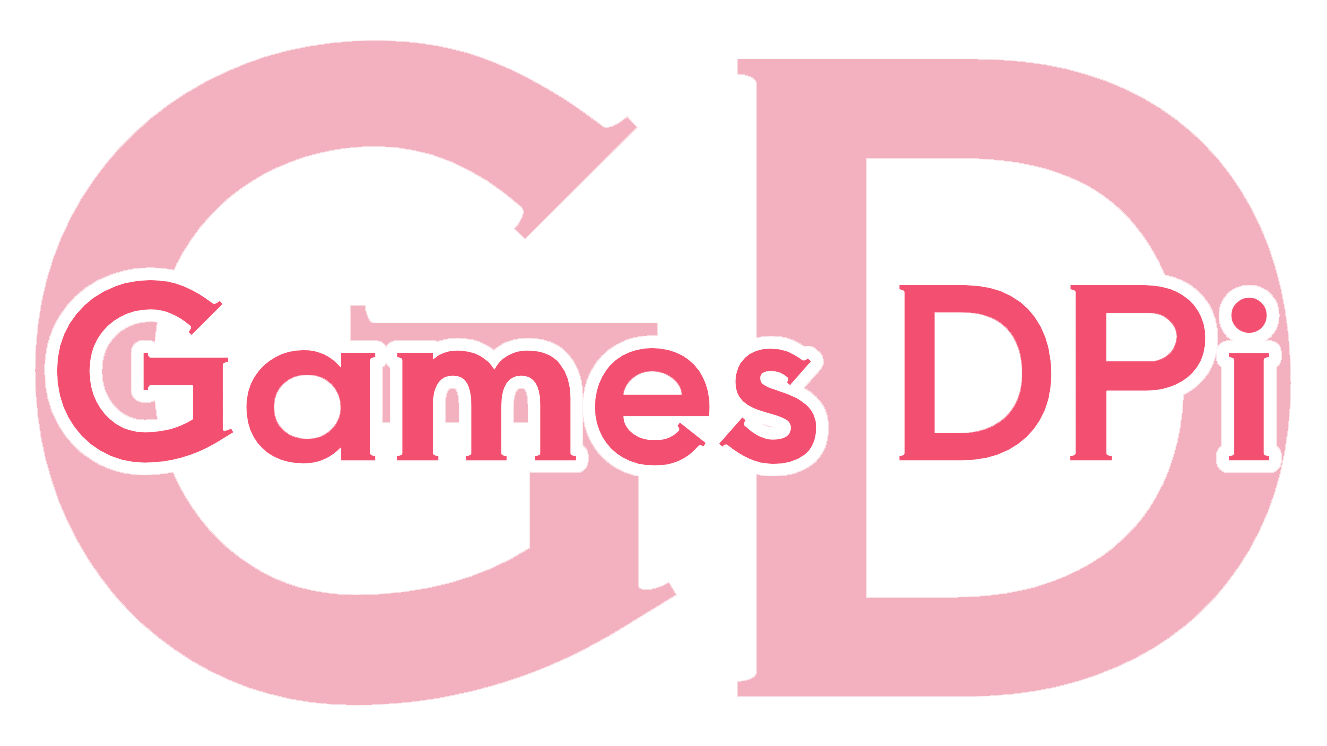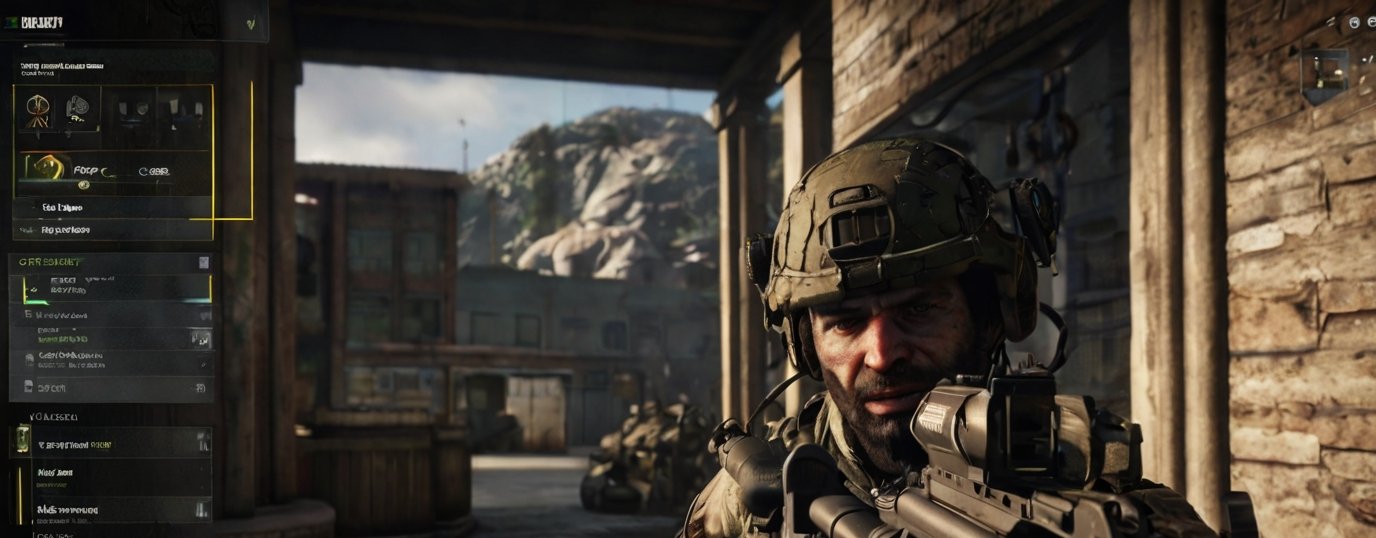Call of Duty (CoD) is among the most played first-person shooter (FPS) games around the globe that is known for its frantic action and intense gameplay. To be successful in CoD you need the right equipment is essential, but equally important is the settings you choose to use especially your efficient dots-per-inch (eDPI) options. In this article we’ll look at the meaning of eDPI what it is, why it’s important and how to determine the accurate setting for eDPI in Call of Duty.
What exactly is eDPI?
Games eDPI refers to effective Dots Per inch. It is a measure that allows you to standardize your settings of sensitivity for different mouse models as well as DPI setting. In contrast to DPI, which is a measure of the amount of dots your mouse sensor can detect per inch, eDPI integrates the DPI of your mouse with the sensitivity of your game to provide an easier measurement of the sensitivity of your controls.
eDPI Calculation: eDPI=Mouse DPIxIn-Game Sensitivity
This calculation allows you to determine the sensitivity settings more precisely over different settings.
Why eDPI Matters in Call of Duty
In FPS games such as Call of Duty, having the ability to precisely control your aim could be an important factor in winning or losing in a gunfight. eDPI allows you to adjust your sensitivity, ensuring that you attain the right equilibrium between rapid reflexes and precision shooting. A high eDPI could cause your aim to become unstable and a low eDPI could cause difficulty in turning quickly.
 Finding Your Ideal eDPI Settings
Finding Your Ideal eDPI Settings
Finding the perfect eDPI setting takes a bit of experimentation as well as personal preference. But, you can follow these basic steps:
- Find your play style: Your eDPI should be in line with your playing style. For aggressive players, it is possible to choose greater eDPI to make faster turns as well as more strategic players could prefer a lower eDPI to ensure exact aiming.
- Begin with a Base Value A majority of skillful CoD players have an eDPI that ranges from 3000 to 5000. Begin with this range and then adjust like to your performance and comfort.
- Adjust DPI and sensitivity: If you’re with a mouse that has adjustable DPI start with a DPI range of between 800 and 1600. Combine this with the game’s setting for sensitivity to achieve the desired DPI.
- Set Your Settings to Fine-Tune: Practice in mode or in less competitive matches to tweak and test your settings. Make small changes and try a few rounds to determine how each adjustment affects you.
- Consistency is crucial: Once you find an eDPI that you like, stay to it. Consistency builds muscles memory, which improves the overall performance of your body.
Recommended eDPI Settings by Professional Players
For a good start for your research, here are a few eDPI settings that are used by the top CoD players:
- Scump: DPI: 800, Sensitivity: 5.0 (eDPI: 4000)
- Crimsix: DPI: 1600, Sensitivity: 3.0 (eDPI: 4800)
- Dashy: DPI: 800, Sensitivity: 6.0 (eDPI: 4800)
Be aware that these settings are personal and might not be suitable for all users. Consider them as a guideline and modify depending on your own preferences.
Tips for Optimizing Your eDPI Settings
- Continuous Practice Always practice using the settings you have chosen to improve your muscles memories and rise your shooting talent.
- Review Your Gaming Record your game and then review it to determine whether your settings for sensitivity can benefit or hinder your performance.
- Adjust to different Weapons: You might require slightly different settings to various types of weapons. For instance, snipers might require less sensitivity for precise shooting.
Conclusion
Finding the desirable settings for eDPI in Call of Duty can significantly improve the performance of your game. If you are aware of eDPI and playing around with various settings, you’ll be able to discover the ideal equilibrium that matches your game style. The key to success is consistency and repetition. Once you’ve found your best settings, keep them and keep working to improve your talent. Have fun!


Incredibly helpful tool! Thanks for simplifying the process.